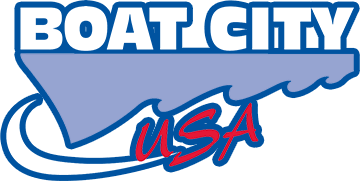
Suggested Boat Maintenance Schedule

Important Boat Inspection Tips
We hate having to do it, but boat maintenance is a necessary undertaking in order to keep your boat afloat, your engine running and the smiles on your friends and family's faces. Because we understand just how important your boat is to your sanity, we have put together a suggested boat maintenance schedule. But first, so you can get off on the right foot, here are some important every-day boat inspections tips you should perform before and after every boating trip.
Before Each Boating Trip:
- Check engine oil level
- Check that lanyard stop switch stops the engine
- Visually inspect the fuel system for deterioration or leaks
- Check outboard for tightness on transom
- Check steering system for binding or loose components
- Visually check hydraulic steering fittings and hoses for leaks or signs of damage
- Check tie bar fasteners (multiple outboard rigs) for proper tightness
- Check propeller blades for damage
After Each Boating Trip:
- Flush out the outboard cooling system if operating in salt or polluted water
- Wash off all salt deposits and flush out the exhaust outlet of the propeller and gearcase with fresh water if operating in salt water
Necessary Boat Service After One Year OR 100 Hours of Boating (Whichever Comes First)
These maintenance items should be performed by an authorized dealer:
- Change engine oil and replace the oil filter. The oil should be changed more often when the engine is operated under adverse conditions such as extended trolling
- Inspect thermostat visually for corrosion and or for a broken spring (make sure thermostat closes completely at room temperature)
- Check engine water separating fuel filter for contaminants. Clean and/or replace filter
- Check corrosion control anodes. Check more frequently when used in salt water
- Drain and replace gearcase lubricant
- Check power trim fluid
- Check power steering fluid (if equipped)
- Inspect battery
- Saltwater usage: Remove and inspect spark plugs for corrosion, and replace spark plugs as necessary. Apply a thin coating of Anti-Seize Compound only on threads of spark plug prior to installation
- Check wiring and connectors
- Check tightness of bolts, nuts, and other fasteners
After 300 Hours of Use or Three Years (Again, Whichever Comes First)
- IMPORTANT: Engine oil must be drained before removing gearcase to avoid oil spillage. Perform scheduled water pump replacement in combination with an engine oil change
- Replace water pump impeller (more often if overheating occurs or reduced water pressure is noted)
- Replace high pressure in-line fuel filter
- Replace spark plugs as needed
- Replace accessory drive belt
